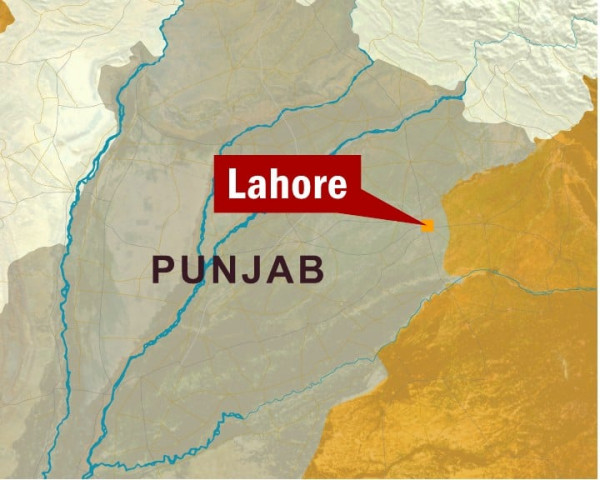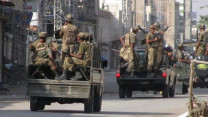Hepatitis control plan entering second phase
15,000 Hep C sufferers to get free treatment as part of Rs13.9b, 5-year plan.

Hepatitis control plan entering second phase
“In Pakistan more people die of hepatitis every day than from terrorism in a year,” national programme manager Dr Aftab Mohsin told reporters on Friday in a briefing about the programme, which he took charge of last week.
He said that Pakistan currently has over 15 million patients infected with Hepatitis C or B. The estimated prevalence rate is 3-5% for Hepatitis B and 7-10% for Hepatitis C.
The first phase of the programme was launched in August 2005 with a Rs2.59 billion budget and the aim of reducing the incidence of hepatitis. Dr Mohsin said this target was not achieved.
The federal government has allocated Rs13.9 billion for the second phase of the project, which starts in November and ends in 2015.
He said coordination between the provincial and federal levels of the programme had been formalised to ensure it runs smoothly.
The second phase has five components: programme management and surveillance; case management and care; prevention; training, education and awareness-raising; and research and publication.
Some 15,000 patients will get free treatment for Hepatitis C in the first six months, which is almost half of the number treated in the last 60 months, said Dr Mohsin.
Also in the second phase, the government will build provincial offices for the programme in Gilgit-Baltistan and FATA; install wireless internet at provincial offices and “sentinel sites”; set up viral hepatitis committees at the district level; and compile a countrywide registry of hepatitis patients.
The media campaign for the second phase will be on “injection safety”, Dr Mohsin said. A series of workshops have been launched at the union council level in collaboration with the World Health Organisation (WHO) for everyone who gives injections or uses dental or piercing instruments. Giving clean syringes to intravenous drug users is also part of the project.
The project also calls for the introduction of an infection control policy in selected tertiary care hospitals in collaboration with international donor agencies. He said that the use of contaminated syringes and other medical instruments by healthcare workers was the leading cause of transmission of the Hepatitis C virus.
He said that a recent study published in the Annals of King Edward Medical University found cirrhosis of the liver to be the leading cause of hospital admission and mortality in Mayo Hospital, which is Pakistan’s largest tertiary hospital with around 2,000 beds.
Phase I (2005-2010)
Dr Mohsin said that the programme started in 2005 after the Lancet, an international medical journal, published a report that highlighted the alarming data on hepatitis in Pakistan, calling it a ‘cirrhotic state’.
Dr Mohsin said that 473,015 people at high risk of catching Hepatitis B were vaccinated in the first phase of the programme. The government established 152 “sentinel sites” in teaching hospitals and district headquarters hospitals across the country where patients got free diagnosis and treatment.
He said 32,998 patients were treated for Hepatitis C and 6,270 for Hepatitis B. Diagnostic tests were performed on 34,679 people. More than 36 million syringes were bought and supplied to the sentinel sites. Eight million auto-disable syringes were procured for use in blood banks, laboratories and operation theatres. Hospitals were given 50 incinerators to strengthen waste management systems. Water purification plants were given to several teaching and DHQ hospitals.
Published in The Express Tribune, October 23rd, 2010.



















COMMENTS
Comments are moderated and generally will be posted if they are on-topic and not abusive.
For more information, please see our Comments FAQ